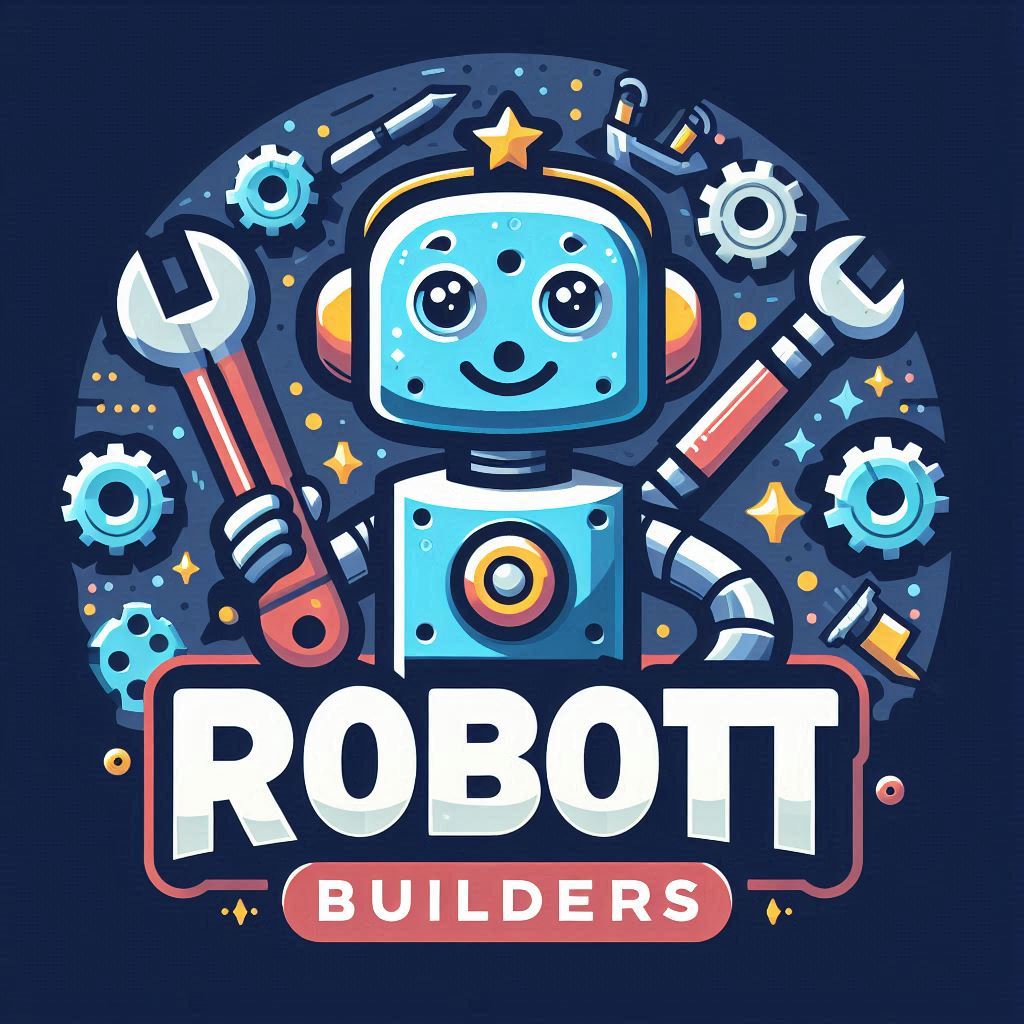Introduction
Artificial Intelligence (AI) is revolutionizing data analysis, enabling businesses and researchers to process large datasets efficiently. Whether you’re building an AI tool for predictive analytics, pattern recognition, or automation, following a structured approach ensures accuracy and scalability. This guide breaks down the step-by-step process to create AI-powered data analysis tools while adhering to SEO-friendly formatting to improve visibility.

Step 1: Define Your AI Tool’s Purpose
Before writing code, outline the specific goals of your AI-powered data analysis tool:
- What type of data will it analyze? Financial, marketing, e-commerce, health, or research datasets?
- What insights should it generate? Trends, forecasts, anomaly detection, or classification?
- Who will use it? Business analysts, data scientists, marketers, or researchers?
A well-defined problem statement ensures the tool meets user needs efficiently.
Step 2: Choose the Right AI Technology Stack
Selecting the right frameworks and programming tools ensures efficient AI model development.
Programming Languages
- Python – Best for AI, machine learning, and data processing.
- R – Preferred for statistical analysis and data visualization.
- JavaScript (Node.js) – Useful for web-based data analysis tools.
AI & Machine Learning Frameworks
- TensorFlow / PyTorch – Best for deep learning-based pattern recognition.
- Scikit-learn – Ideal for classical machine learning models.
- Pandas & NumPy – Essential for data preprocessing and manipulation.
Data Processing & Visualization Tools
- Matplotlib & Seaborn – For graphical representation of data trends.
- Tableau & Power BI – AI-powered business intelligence visualization.
- SQL & NoSQL Databases – For structured and unstructured data storage.
Choosing the right tech stack improves scalability and performance.
Step 3: Collect & Preprocess Data
AI models require high-quality datasets to generate accurate predictions.
Data Sources
- Public Datasets – Kaggle, Google Dataset Search, government databases.
- Company Databases – Internal business logs, CRM data, customer interactions.
- Web Scraping – AI-driven collection of online data sources.
Data Cleaning & Preprocessing Steps
- Handle Missing Values – Remove, fill, or interpolate incomplete entries.
- Normalize & Standardize Data – Ensure uniformity for better AI learning.
- Feature Engineering – Select relevant attributes that impact predictions.
- Data Augmentation – Expand datasets to improve AI model accuracy.
Preprocessing improves data integrity and enhances AI-driven insights.
Step 4: Train AI Models for Data Analysis
Once the dataset is ready, AI models must learn patterns for accurate predictions.
Steps in AI Model Training
- Split Data – Divide into training, validation, and testing sets.
- Select AI Algorithms – Choose models like Decision Trees, Neural Networks, or Clustering.
- Optimize Hyperparameters – Adjust learning rates, batch sizes, and activation functions.
- Test & Validate Performance – Use metrics like R-squared, Precision, Recall, and Accuracy.
A well-trained AI tool delivers valuable analytical insights with minimal errors.
Step 5: Develop a User-Friendly Interface
Users need an intuitive UI/UX design for seamless interactions with AI-generated insights.
Best Practices for User Experience
- Simple Dashboard Navigation – Clear menus for filtering and visualization.
- Automated Reports & Graphs – AI-generated insights in readable formats.
- Real-Time Data Processing – Ensures immediate feedback on analytics.
- Export & API Integration Options – Allows users to extract insights efficiently.
An optimized interface improves accessibility and user adoption.
Step 6: Deploy & Optimize the AI Tool
Deployment ensures your AI-powered tool operates efficiently in real-world scenarios.
Deployment Strategies
- Cloud-Based Hosting – AWS, Google Cloud, or Azure for scalability.
- Edge Computing Support – AI models optimized for real-time analytics.
- Data Security & Compliance – Encryption and user privacy protection.
- Continuous Learning & AI Updates – AI adapts based on evolving data trends.
Proper deployment ensures reliability and faster processing.
Step 7: SEO Optimization for AI Data Analysis Tools
To maximize visibility, your AI-powered solution must be SEO-friendly.
SEO Best Practices
- Keyword Optimization – Use terms like “AI data analytics,” “machine learning for data analysis,” and “automated insights AI tool.”
- Structured Content – Implement schema markup for search engine ranking improvements.
- Page Speed & Mobile Optimization – Ensure fast-loading dashboards and mobile accessibility.
- Quality Backlinks – Connect with industry leaders to improve credibility.
- Content Marketing & Tutorials – Publish case studies, user guides, and AI insights.
An SEO-optimized AI tool gains online visibility and attracts users.
Step 8: Continuous Monitoring & AI Improvements
AI tools need regular updates for sustained accuracy and efficiency.
Key Performance Metrics to Track
- Data Processing Speed – Monitor response time for analytics.
- Prediction Accuracy – Adjust AI models for better insights.
- User Engagement & Feedback – Improve AI interface based on user interactions.
- Scalability & New Data Integration – Expand tool capabilities as new datasets emerge.
Consistent refinements enhance AI-driven analytics and long-term performance.
Conclusion
Building AI tools for data analysis empowers businesses and researchers with automation, predictive insights, and efficient data processing. By following structured development steps—from choosing the right technology stack to deploying AI models—data-driven decisions become more powerful and accessible.
